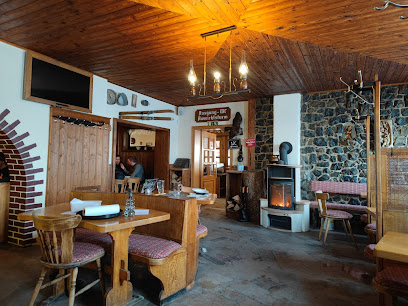
Rammelsberg: A Journey Through Mining History
Explore over 1,000 years of mining history at Rammelsberg, a UNESCO World Heritage site, and discover the depths of industrial ingenuity and the stories etched in stone.
Delve into over 1,000 years of mining history at the Rammelsberg, a UNESCO World Heritage site near Goslar. Explore underground tunnels, marvel at massive water wheels, and witness the evolution of mining technology. From its early days extracting copper, lead, and zinc to its pivotal role in shaping the region's economy and the Holy Roman Empire, Rammelsberg offers a captivating glimpse into the lives of miners and the industrial ingenuity that drove its success. With diverse tours catering to all ages and interests, including accessible options, Rammelsberg promises an unforgettable journey through time and beneath the earth.
A brief summary to Rammelsberg
- Goslar, DE
Local tips
- Wear sturdy shoes and warm layers, as the temperature underground is consistently cool (10-12°C) and the tunnels can be muddy.
- Book your tour in advance, especially during peak season, to ensure availability, as group sizes are limited.
- Consider taking the World Heritage Shuttle (Line 809) from Goslar's city center for convenient and eco-friendly transportation to the mine.
- Allow ample time to explore both the underground mine and the above-ground museum buildings to fully appreciate the site's history and significance.
- Check the Rammelsberg website for special events, temporary exhibitions, and family-friendly activities.
Getting There
-
Public Transport
From Goslar train station, take bus line 803 towards "Bergbaumuseum". The bus departs every 30 minutes and the journey to the final stop, which is directly at the Rammelsberg Museum, takes approximately 30 minutes. A single fare is around €2-3.
-
World Heritage Shuttle
The World Heritage Shuttle (Line 809) offers a convenient hop-on, hop-off service between the World Heritage Information Centre on the market square in Goslar and the Rammelsberg Mine. The shuttle runs every 30 minutes. The service is free with the HATIX card or for overnight guests in Goslar.
-
Driving
From Goslar city center, follow the signs for Rammelsberg. Free parking is available for cars and buses near the museum facilities. Two handicapped parking spaces are located near the barrier-free entrance.
Discover more about Rammelsberg
Iconic landmarks you can’t miss
Rammelsberg
0.0 km
Discover the breathtaking beauty and rich history of Rammelsberg Mountain Peak near Goslar, a UNESCO World Heritage site perfect for adventure and exploration.

UNESCO in the Harz
1.2 km
Explore the UNESCO World Heritage site in the Harz Mountains: Discover Goslar's medieval charm, delve into the Rammelsberg Mine, and marvel at the Upper Harz Water Management System.
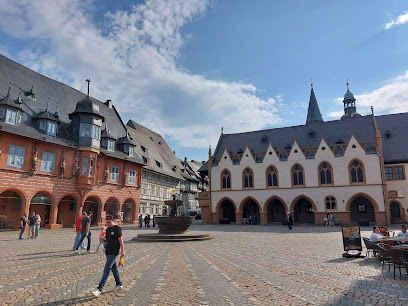
Das Breite Tor
3.0 km
Discover the Breite Tor, a stunning medieval gate in Goslar, a UNESCO World Heritage Site, offering rich history and beautiful surroundings.

Verlobungsinsel in der Oker HWN 116
3.3 km
Discover the enchanting Verlobungsinsel in the Oker Valley, a romantic island escape surrounded by stunning natural beauty, perfect for hikers, nature lovers, and those seeking tranquility.
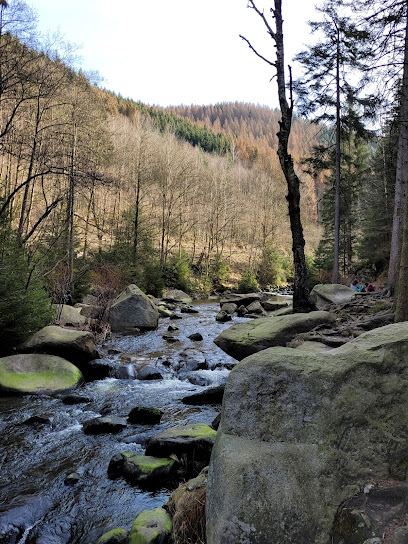
Königsberg
3.4 km
Discover Königsberg near Goslar: Hike scenic trails, explore the historic site of Königsberg Sanatorium, and immerse yourself in the Harz region's natural beauty.
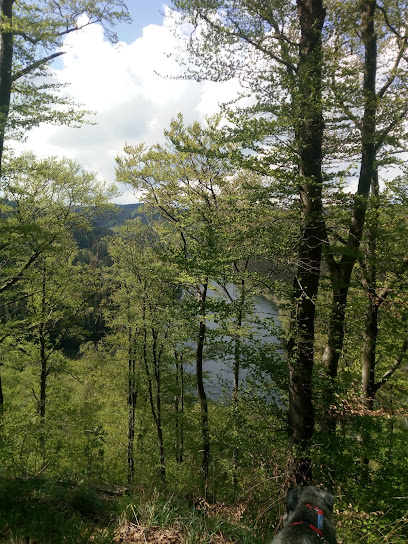
Feigenbaumklippe
3.9 km
Discover panoramic views and geological wonders at the Feigenbaumklippe in Bad Harzburg, a captivating granite rock formation in the heart of the Harz Mountains.
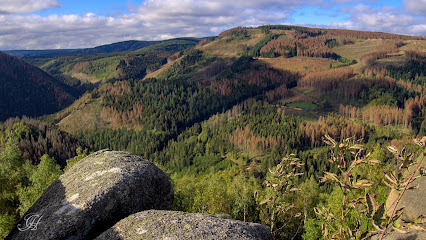
Wolfswarte
11.4 km
Discover panoramic views and a rich history at the Wolfswarte, a captivating quartzite rock formation in the heart of the Harz Mountains, perfect for hikers and nature enthusiasts.
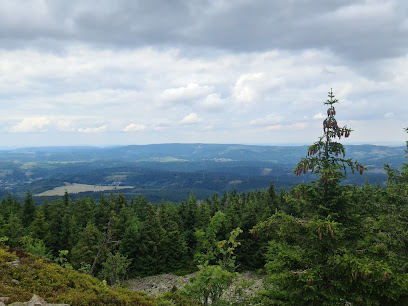
Nationalpark-Besucherzentrum TorfHaus
11.5 km
Discover the Harz National Park: Explore interactive exhibits, hike scenic trails, and immerse yourself in the wilderness from the TorfHaus Visitor Center, your gateway to adventure.
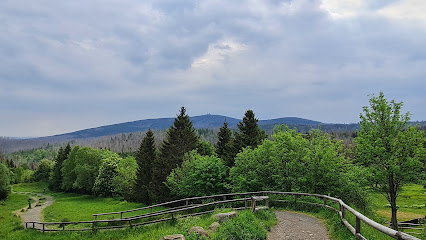
Luchsgehege - Beobachtungsplattform an der Rabenklippe
11.8 km
Observe reintroduced lynx in their natural habitat at the Luchsgehege near Rabenklippe, offering stunning views and hiking trails in the Harz National Park, a unique wildlife experience.

Harz Nature Park
13.7 km
Discover the untamed beauty of the Harz Nature Park: Hike through ancient forests, explore historic mining sites, and witness breathtaking views from the legendary Brocken peak.
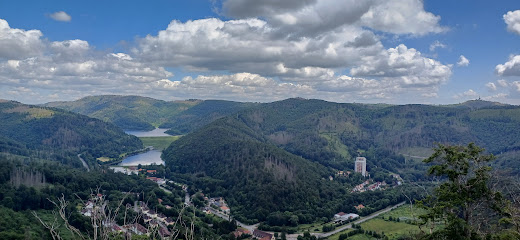
Brocken
15.6 km
Ascend to the legendary Brocken, the Harz Mountains' highest peak, and discover breathtaking views, captivating history, and enchanting folklore amidst a unique subalpine landscape.
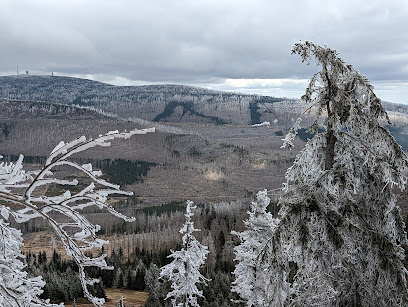
Ilsestein
16.4 km
Discover the legendary Ilsestein in the Harz Mountains: Hike to the summit for breathtaking views, explore its rich history, and immerse yourself in the beauty of the Ilse Valley.
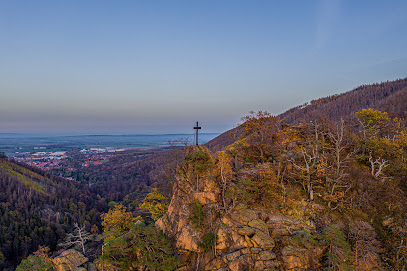
Hanskühnenburg
17.4 km
Experience panoramic views and hearty German cuisine at the Hanskühnenburg, a historic mountain hut nestled in the heart of the Harz National Park, perfect for hikers and nature lovers.
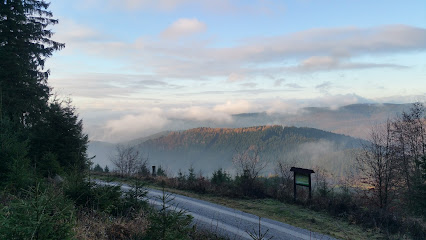
Eckerlochstieg (Brücke über Schwarzes Schluftwasser)
17.5 km
Discover the enchanting Eckerlochstieg bridge in Harz National Park: a scenic gateway to breathtaking hikes, lush forests, and the majestic Brocken peak.
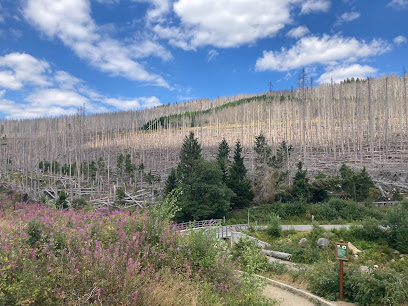
Urwaldstieg
17.7 km
Discover the untouched beauty of the Harz National Park on the Urwaldstieg, a short trail through a centuries-old primeval forest near Brocken mountain.
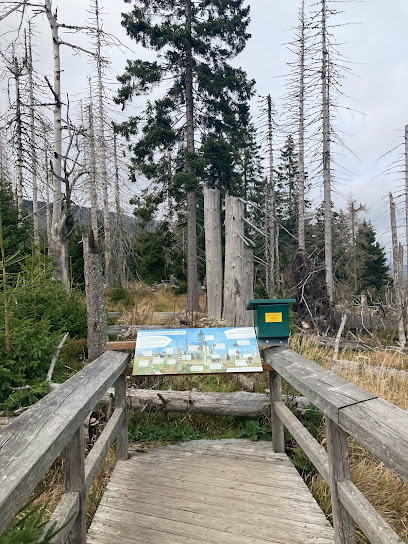
Unmissable attractions to see
Wilhelm der Grosse / Reiterstandbild
2.2 km
Explore Wilhelm der Grosse in Goslar: A stunning equestrian statue symbolizing Germany's rich history and artistic elegance, set in a picturesque landscape.
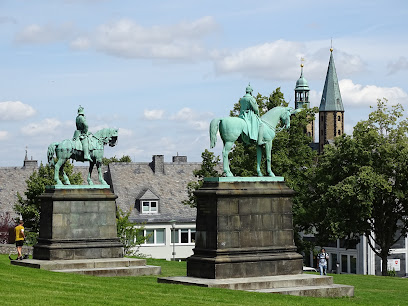
Imperial Palace of Goslar
2.2 km
Explore the Imperial Palace of Goslar, a UNESCO World Heritage site that embodies the grandeur of medieval architecture and rich German history.

Siemenshaus
2.4 km
Explore the Siemenshaus in Goslar, a captivating museum showcasing the legacy of one of Germany's influential figures and its rich industrial history.

Market Square
2.5 km
Explore the enchanting Market Square in Goslar, a historical gem surrounded by stunning architecture and vibrant local culture.
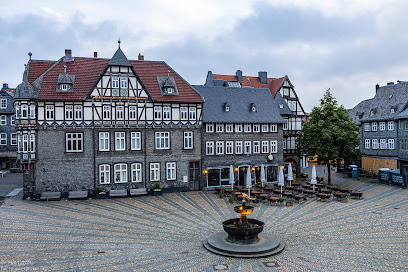
Steinbergturm
3.2 km
Experience breathtaking views and nature's tranquility at Steinbergturm in Goslar, Germany, a perfect blend of hiking and scenic observation.

Romkerhaller Wasserfall
3.7 km
Discover the serene beauty of Romkerhaller Wasserfall in Goslar, a breathtaking waterfall surrounded by lush nature and picturesque trails.
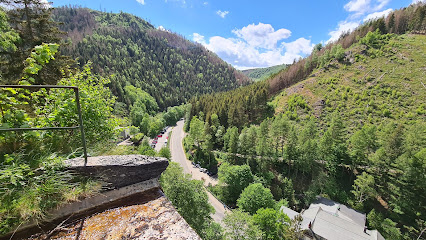
Mausefalle
4.0 km
Explore the enchanting Mausefalle in Bad Harzburg, where nature's beauty meets rich local history, creating unforgettable experiences for every traveler.
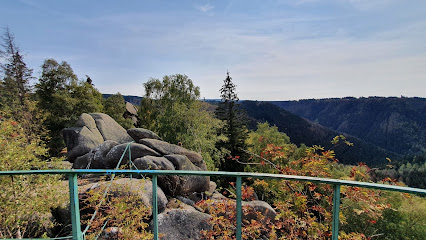
Okertalsperre
4.0 km
Explore the natural beauty of Okertalsperre, a serene reservoir in the Harz Mountains, perfect for hiking, cycling, and peaceful retreats.
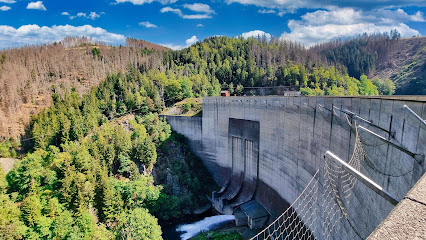
Östlicher Langenberg
6.4 km
Explore the breathtaking landscapes and serene trails of Östlicher Langenberg, a hidden gem for nature lovers near Bad Harzburg.

Harzburger Fenster
6.7 km
Experience breathtaking views and serene beauty at the Harzburger Fenster, a must-visit scenic spot in Goslar, Germany, surrounded by enchanting landscapes.
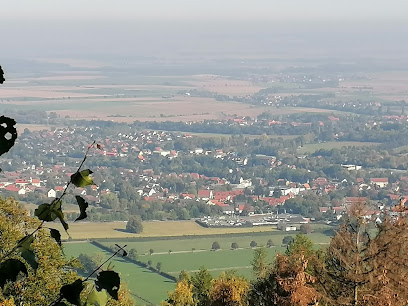
Erlebnisbocksberg Hahnenklee GmbH & Co. KG
6.9 km
Experience year-round excitement at Erlebnisbocksberg, the ultimate ski resort and amusement park in the heart of the Harz mountains.
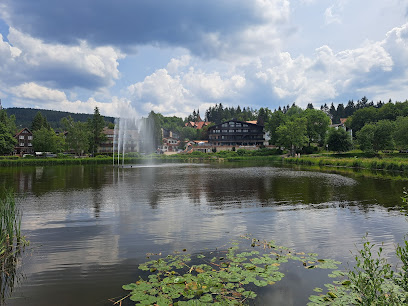
Radau Wasserfall
8.5 km
Experience the natural beauty of Radau Wasserfall in Bad Harzburg, a must-visit waterfall and hiking destination in the Harz Mountains.
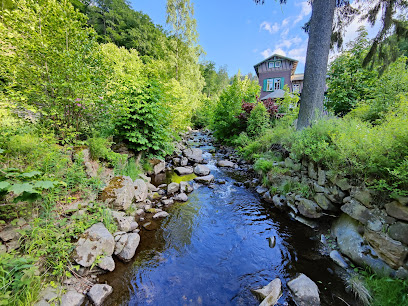
Wildkatzen-Erlebnispfad
8.7 km
Explore the Wildkatzen-Erlebnispfad in Bad Harzburg for an unforgettable adventure into the world of wildcats and scenic nature trails.
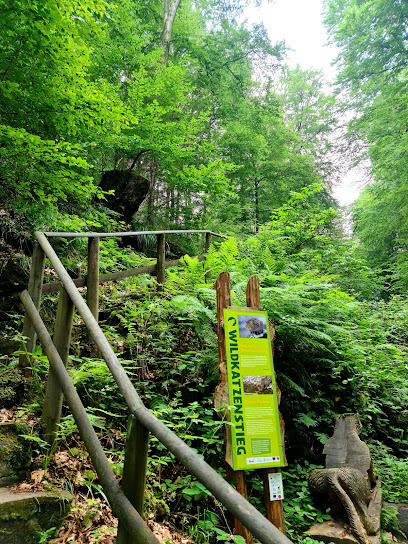
Winterbergklippe
8.9 km
Explore the breathtaking views and serene beauty of Winterbergklippe in Harz National Park, a paradise for nature lovers and adventurers.
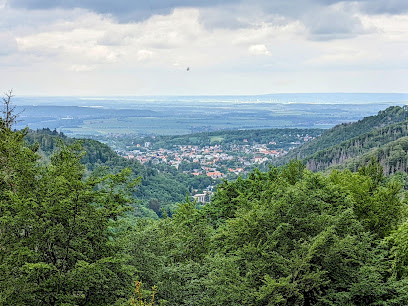
House of nature
8.9 km
Explore the House of Nature in Bad Harzburg and immerse yourself in the stunning biodiversity of the Harz region.
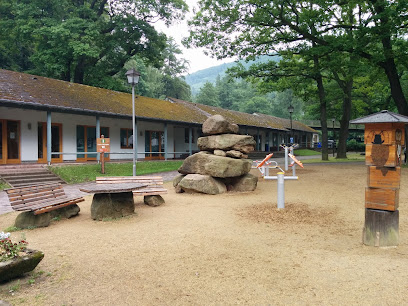
Essential places to dine
Radau-Waterfall
8.5 km
Experience nature's splendor at Radau Waterfall in Bad Harzburg – a stunning cascade surrounded by lush forests and scenic trails.
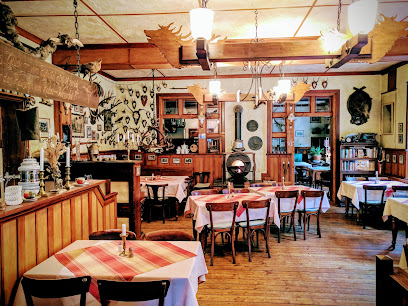
Klippen - Grill Inh. Matthias Biesel
9.2 km
Discover Klippen - Grill in Altenau for an unforgettable steakhouse experience amidst breathtaking Harz landscapes.
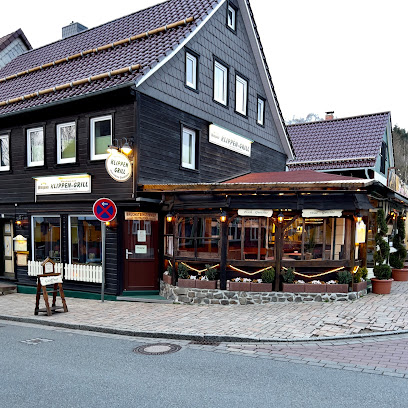
Molkenhaus Bad Harzburg
10.1 km
Discover exquisite regional cuisine at Molkenhaus Bad Harzburg, your perfect retreat in the scenic Harz mountains.
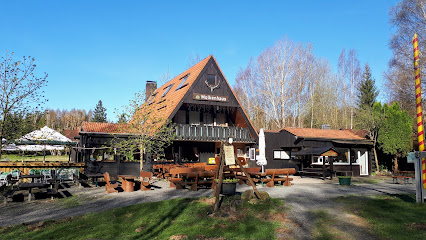
Klosterkrug Wöltingerode
11.0 km
Experience authentic German cuisine at Klosterkrug Wöltingerode amidst scenic landscapes and warm hospitality.
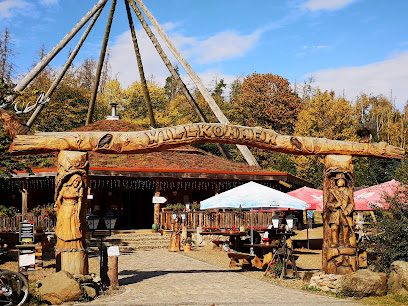
Bavaria Alm Torfhaus
11.4 km
Discover authentic Bavarian cuisine with stunning views at Bavaria Alm Torfhaus in Germany's beautiful Harz region.

Waldgasthaus Rabenklippe
12.0 km
Discover culinary delights at Waldgasthaus Rabenklippe, where authentic German cuisine meets stunning natural beauty in Bad Harzburg.
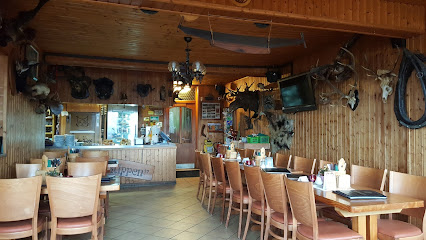
Touristensaal auf dem Brocken
15.6 km
Experience exquisite local cuisine while enjoying breathtaking views at Touristensaal auf dem Brocken atop Germany's highest peak.
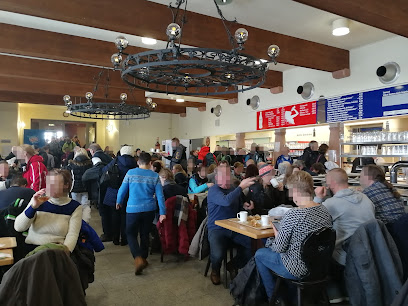
Restaurant Harzfenster
16.7 km
Discover the exquisite flavors of fine dining at Restaurant Harzfenster in Seesen, where local ingredients meet culinary artistry.

Nagelschmiede by Christian Meierding-Schmidt
16.8 km
Experience culinary excellence at Nagelschmiede by Christian Meierding-Schmidt in Ilsenburg - where tradition meets innovation in every bite.
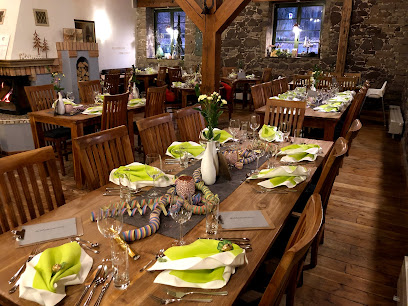
Waldgasthaus Plessenburg
17.1 km
Experience delightful German cuisine surrounded by breathtaking landscapes at Waldgasthaus Plessenburg in the Harz mountains.
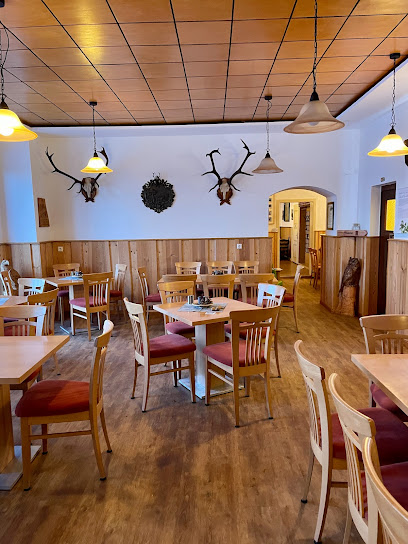
Nationalparkgaststätte Rehberger Grabenhaus
18.6 km
Experience authentic German cuisine surrounded by breathtaking landscapes at Nationalparkgaststätte Rehberger Grabenhaus in the Harz Mountains.
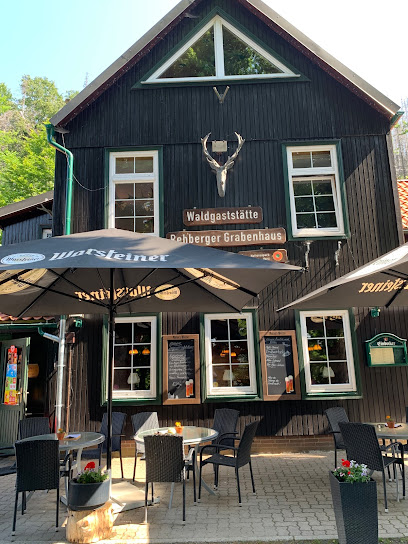
Erlebnisgastronomie im Restaurant Zur alten Harzstraße
18.7 km
Experience exceptional local cuisine and renowned steaks at Restaurant Zur alten Harzstraße in Osterode am Harz.
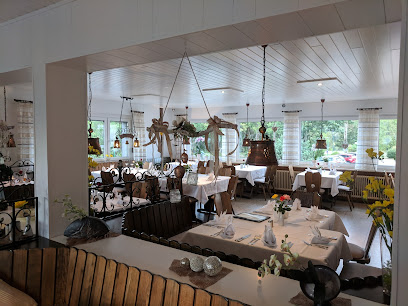
Hexenritt Schirmbar
19.9 km
Experience authentic Bavarian cuisine at Hexenritt Schirmbar – where nature meets tradition in Braunlage's beautiful landscape.
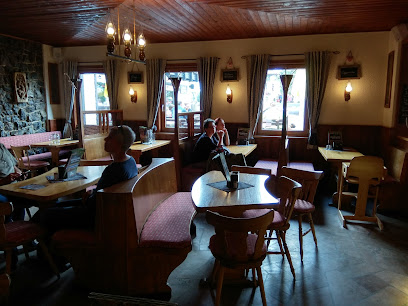
Hexenritt Alm
19.9 km
Discover Hexenritt Alm: A delightful restaurant offering traditional German cuisine and stunning mountain views in Braunlage.
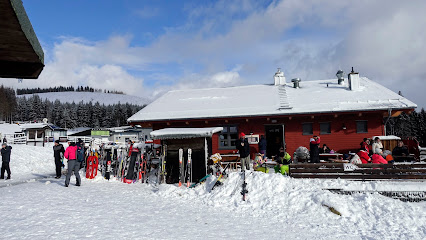
Café am Kurpark
20.4 km
Discover authentic German cuisine at Café am Kurpark in Wernigerode—your perfect spot for relaxation amidst beautiful park scenery.
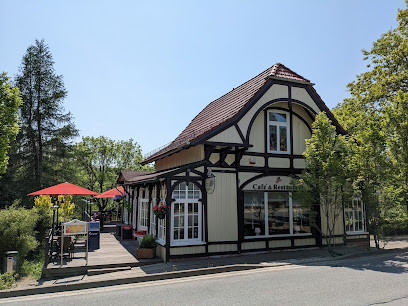
Markets, malls and hidden boutiques
Harz Tourism e. V.
2.5 km
Explore the wonders of the Harz region at Goslar's Tourist Information Center, your gateway to adventures and rich cultural experiences.
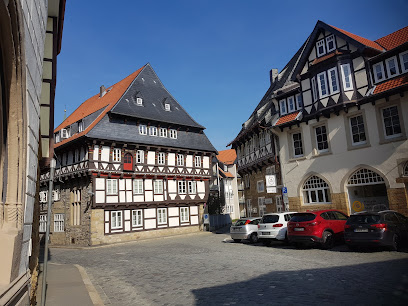
Or Mark Fashion Outlet
3.3 km
Experience exceptional fashion deals at Or Mark Fashion Outlet in Goslar, your ultimate destination for trendy clothing at unbeatable prices.

Outdoor-Concepts.de - Outdoor und Survival
7.9 km
Discover Outdoor-Concepts.de in Bad Harzburg, your one-stop shop for top-notch outdoor gear and expert advice for all your adventures.

Waldschwimmbad Okerteich
9.7 km
Experience the serene beauty of Waldschwimmbad Okerteich, an outdoor swimming pool surrounded by breathtaking nature, perfect for relaxation and family fun.
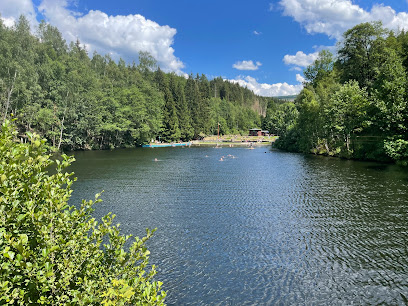
Glasspielerei-Harz
10.0 km
Explore the captivating world of handcrafted glass at Glasspielerei-Harz in Clausthal-Zellerfeld, where tradition meets artistry in every piece.

Harzturm GmbH
11.4 km
Experience breathtaking views and family-friendly fun at Harzturm GmbH, your destination in the heart of the Harz Mountains.
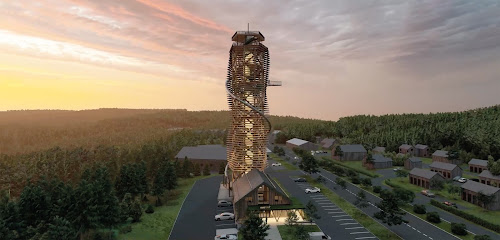
Globetrotter Equipment GmbH
11.5 km
Discover outdoor adventures at Globetrotter Equipment GmbH in Altenau - your one-stop shop for camping, skiing, and climbing gear.

Gründlich Sparen
15.7 km
Explore Gründlich Sparen in Bad Grund for unique gifts, clothing, and home goods reflecting local charm and creativity.
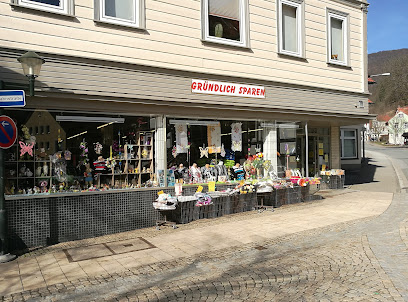
Harzkind – Der Shop
20.0 km
Explore Harzkind – Der Shop for authentic handcrafted goods and local delights that capture the spirit of Osterode am Harz.

HARZKIND GmbH
20.0 km
Explore HARZKIND GmbH in Osterode am Harz, where creativity meets digital innovation and marketing excellence.

Schierker Feuerstein Stammhaus
20.5 km
Explore the rich tradition of Schierker Feuerstein, a unique liqueur brand in the heart of the Harz Mountains, offering tours and charming accommodations.
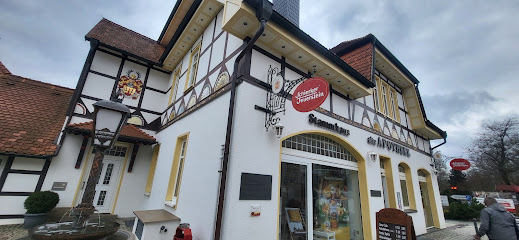
Harzspots GmbH
21.1 km
Explore the Harz Mountains with Harzspots GmbH: Your premier tourist information center in Wernigerode, Germany.

Harzer Spezialitäten & Brotzeitstube puppe‘s
21.1 km
Experience the authentic taste of the Harz region at Puppe’s, a delightful deli and bistro in Braunlage offering local specialties and souvenirs.

Ottos Sport & Tracht
21.1 km
Discover the charm of German traditions at Ottos Sport & Tracht, your go-to destination for authentic costumes and outdoor sports gear in Braunlage.
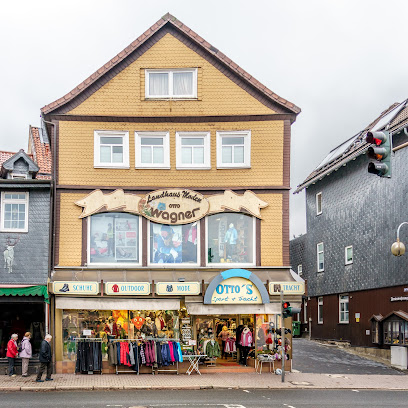
Harzsneaks
21.2 km
Discover unique styles and local flair at Harzsneaks, the premier clothing store in Braunlage, perfect for fashion-savvy tourists.

Essential bars & hidden hideouts
na und... die Musikkneipe
2.4 km
Discover the vibrant nightlife at Na und... die Musikkneipe, a lively pub in Goslar featuring live music and a welcoming atmosphere.
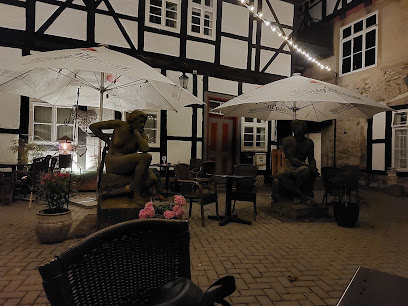
Dart Lounge An der Radau
7.7 km
Discover the vibrant Dart Lounge An der Radau in Bad Harzburg, where sports, drinks, and camaraderie create unforgettable moments.
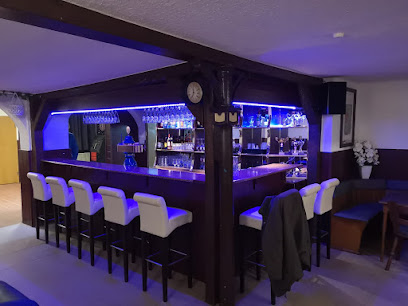
Kleine Kneipe
7.9 km
Experience the charm of Kleine Kneipe, a cozy bar in Bad Harzburg perfect for unwinding after exploring the beauty of the Harz Mountains.
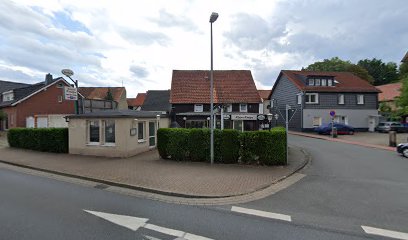
Wieder da
8.5 km
Discover the vibrant nightlife of Bad Harzburg at Wieder da, where great drinks, rock music, and a welcoming atmosphere await you.
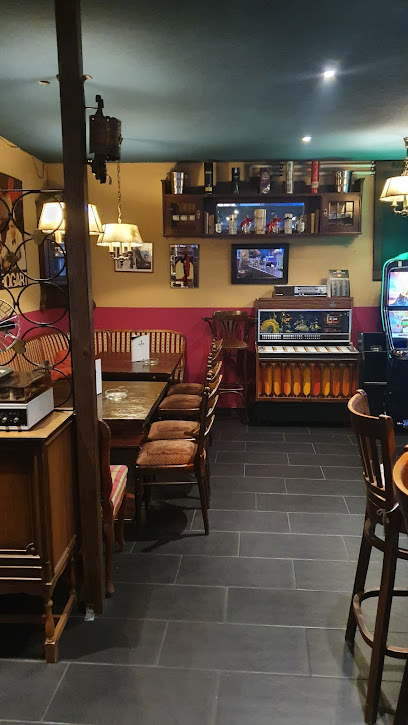
Blues Pub
8.6 km
Discover the heart of Bad Harzburg's nightlife at Blues Pub, where live music meets a cozy atmosphere and refreshing drinks await.

Bier-Comptoir
8.8 km
Experience the heart of Bad Harzburg at Bier-Comptoir, where local beers and hearty dishes come together in a vibrant gastropub setting.
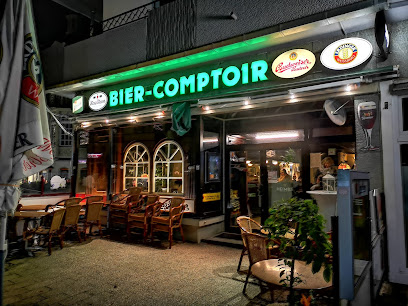
Baude
9.1 km
Experience the best of traditional German pub culture at Baude in Bad Harzburg, where great food and local brews await.
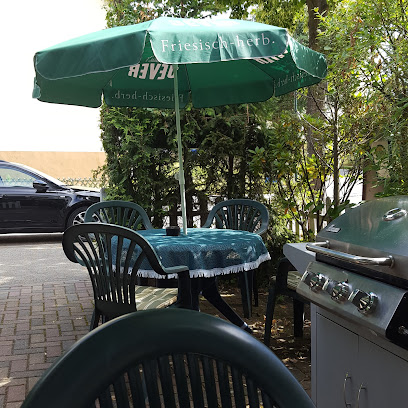
Altes Backhaus
9.3 km
Discover the authentic German pub experience at Altes Backhaus, a beloved local gem in Altenau, known for its cozy atmosphere and variety of drinks.
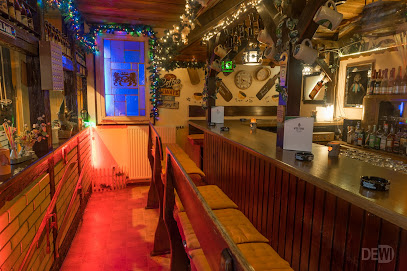
Worchs Terrasse
9.4 km
Discover Worchs Terrasse in Bad Harzburg, a charming bar offering a serene atmosphere, delightful drinks, and stunning views for an unforgettable experience.
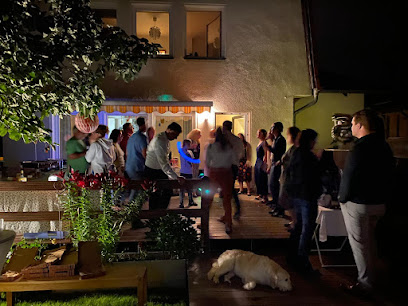
Weinbar Steigerbucht
10.0 km
Discover the warmth and elegance of Weinbar Steigerbucht, a top destination for wine lovers in Clausthal-Zellerfeld.
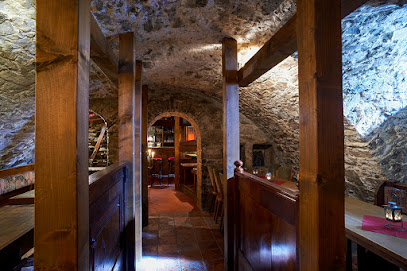
Kellerclub im StuZ e.V.
11.2 km
Discover the cultural heartbeat of Clausthal-Zellerfeld at Kellerclub im StuZ e.V., a lively pub and cocktail bar with a local flair.
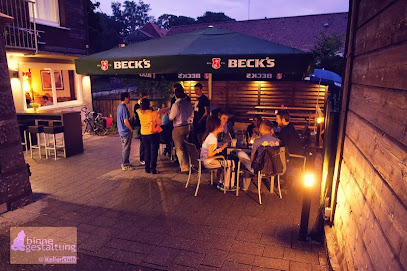
Anno Tobak
11.3 km
Discover Anno Tobak in Clausthal-Zellerfeld: a cozy pub and bistro offering delicious local cuisine and a warm atmosphere for all visitors.
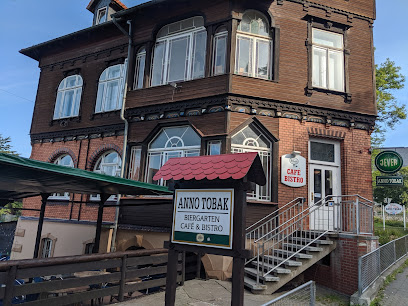
Kneipchen
17.0 km
Experience the charm of Kneipchen, a cozy pub in Ilsenburg, offering local brews and hearty meals for a delightful evening.
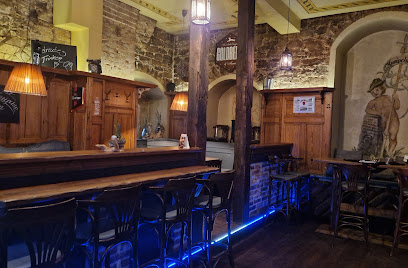
Waldgaststätte zur Kamelfichte
17.9 km
Experience authentic German cuisine and a charming beer garden in the heart of Braunlage's stunning natural landscape.

Schirmbar Hexenritt
19.9 km
Experience the charm of the mountains at Schirmbar Hexenritt, a cozy bar in Braunlage offering stunning views and a vibrant atmosphere.
